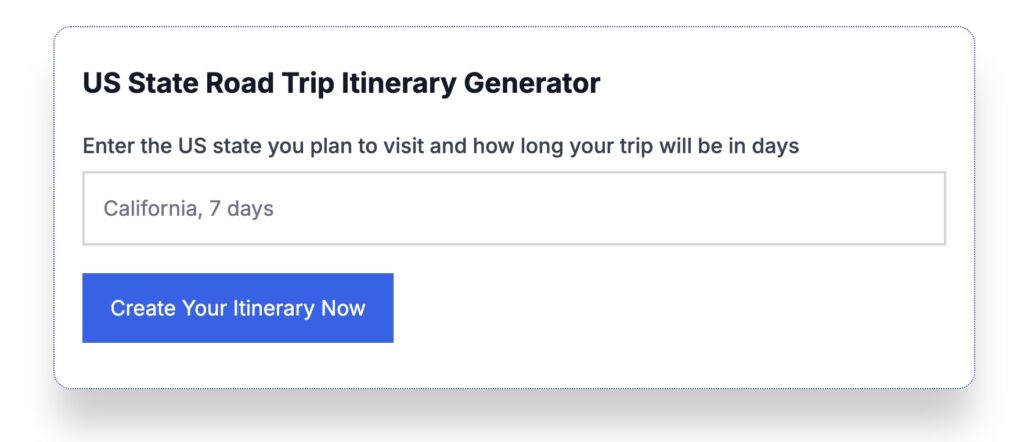Mammoth Lakes California: 1st Time Visitor Guide
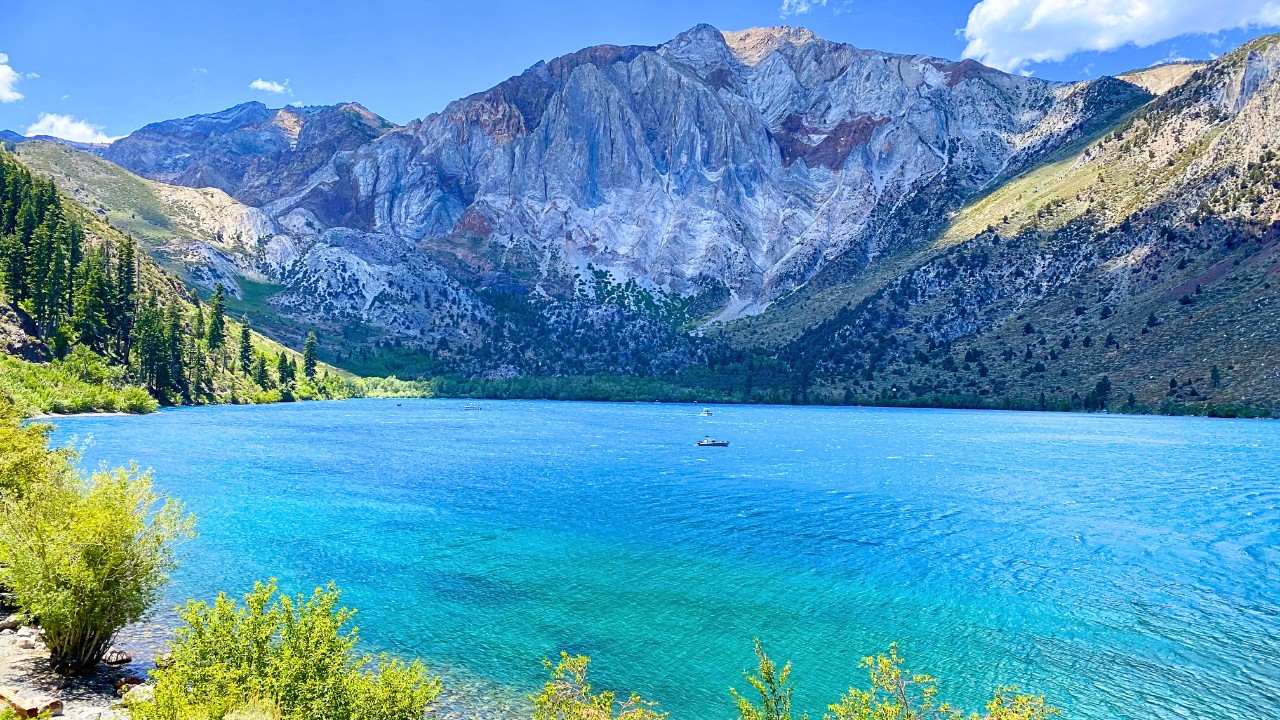
Mammoth Lakes California is a year-round destination that blends alpine adventure with breathtaking natural beauty. From hiking in the summer to skiing in the winter, this mountain town offers outdoor lovers endless opportunities to explore, unwind, and reconnect with nature. If it’s your first time visiting, this guide will walk you through everything you need to know for a memorable trip.
Overview
Mammoth Lakes is surrounded by towering peaks, serene lakes, volcanic craters, and geothermal hot springs. Just outside of Yosemite National Park, it’s a gateway to some of the most dramatic scenery in California. Whether you’re here for a long weekend or a full vacation, you’ll find activities suited to all levels, from casual strolls around alpine lakes to strenuous hikes up mountain ridges.
Photos:
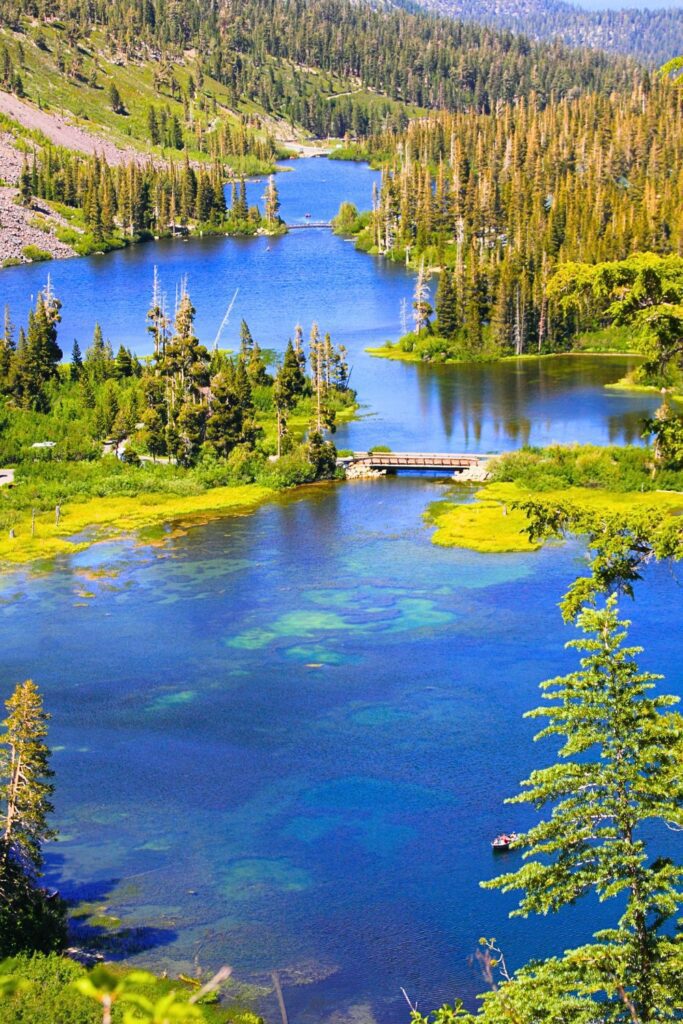
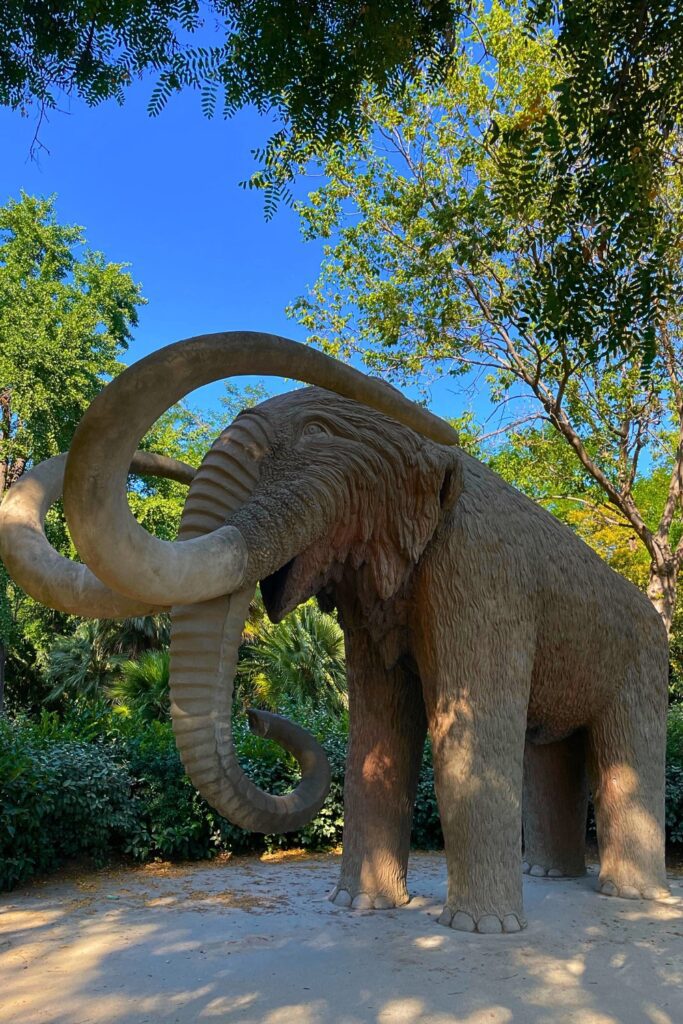
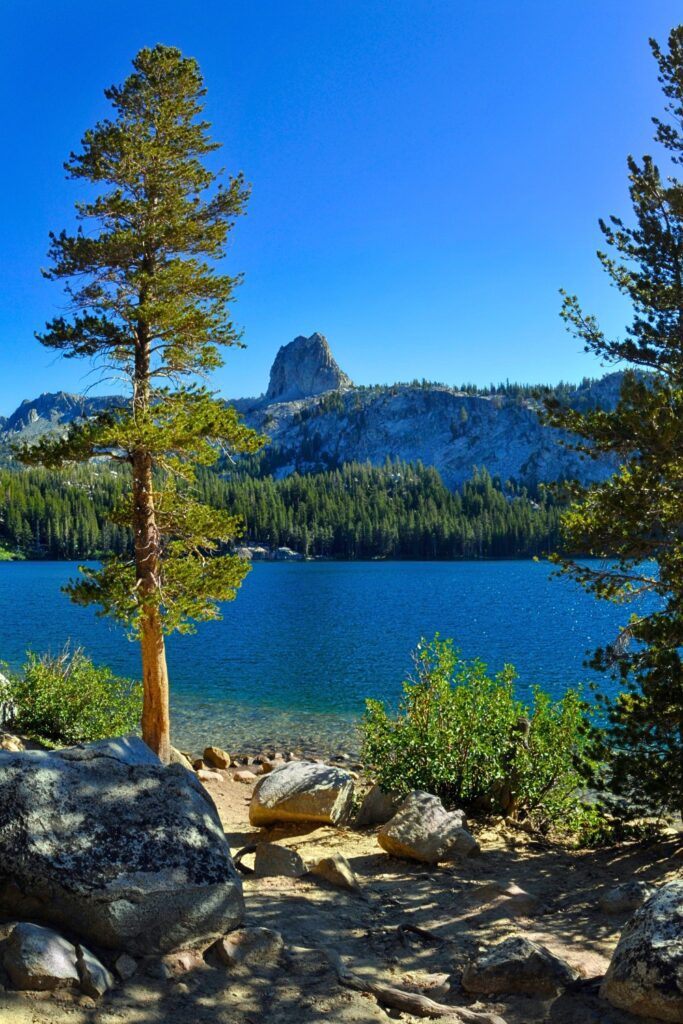


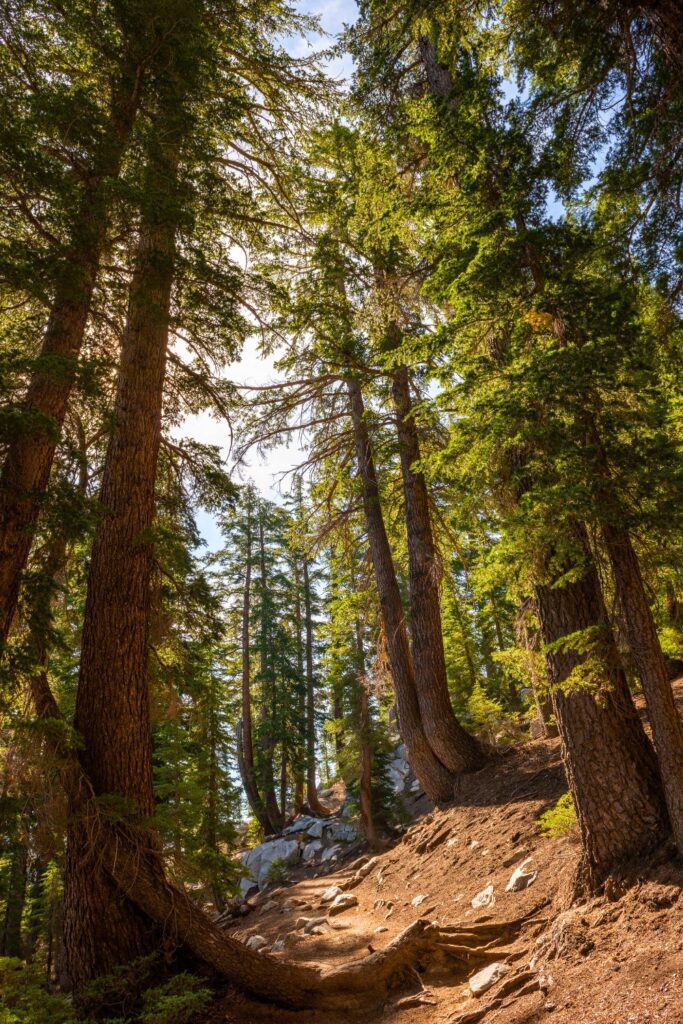
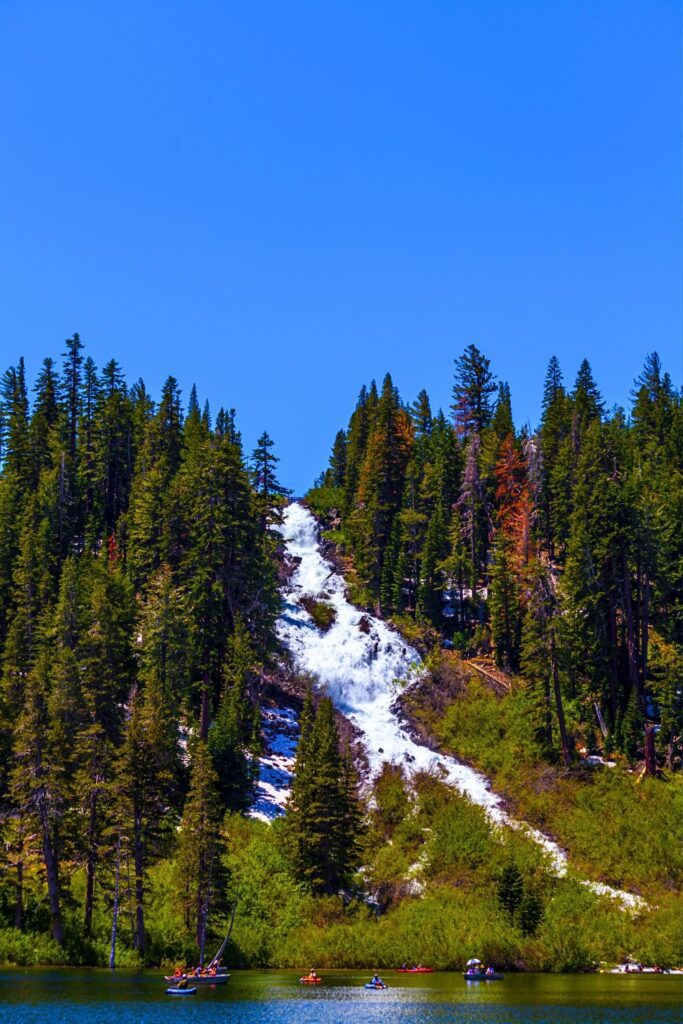
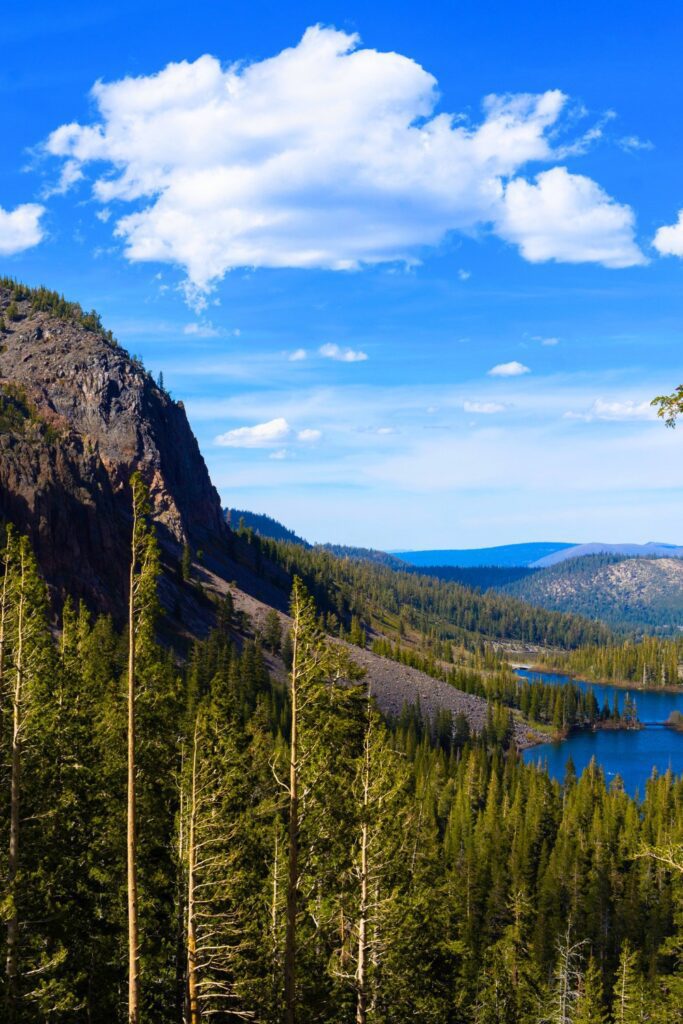
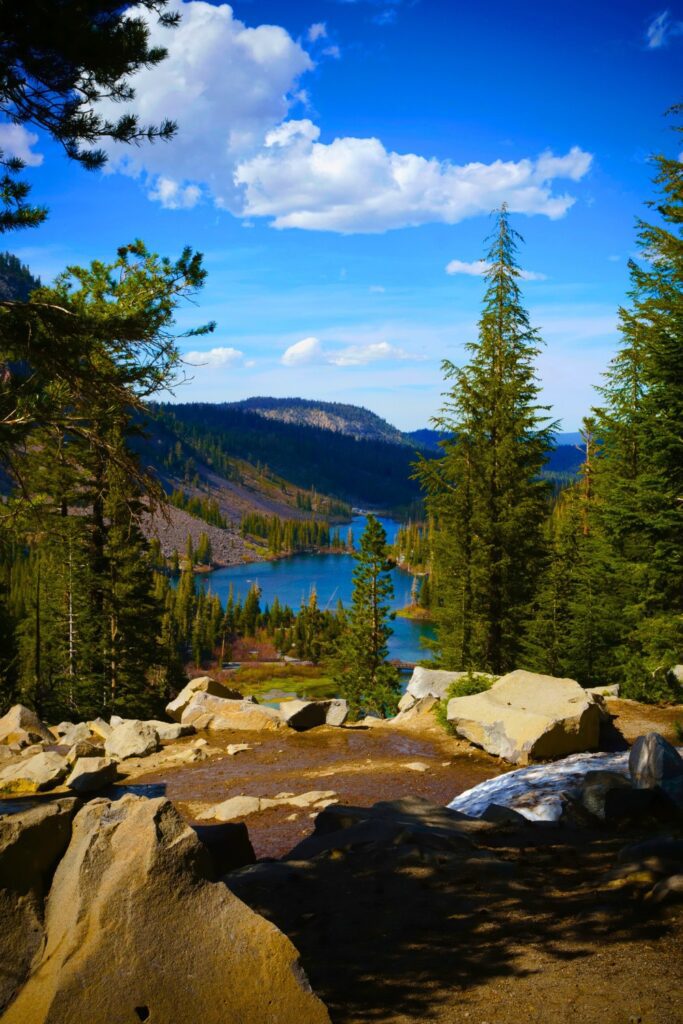
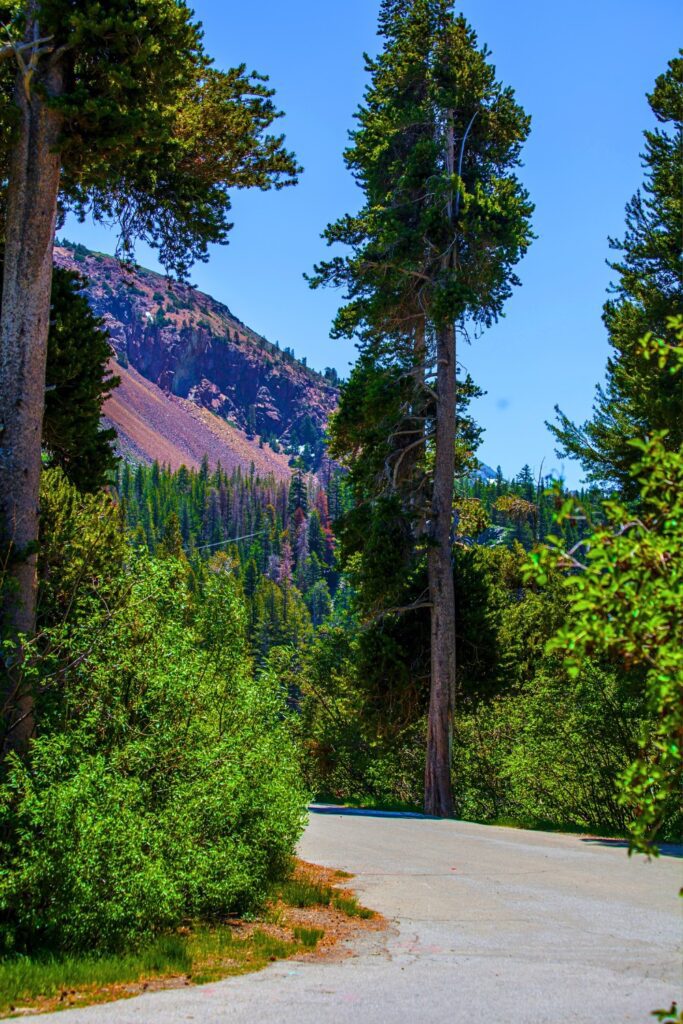
How to Get There
By Car
- From Los Angeles: 5-hour drive via US-395 N
- From San Francisco: 6-hour drive via CA-120 E (seasonal, Tioga Pass)
- From Reno, NV: 3-hour drive via US-395 S
By Air
- Mammoth Yosemite Airport (MMH): Limited seasonal flights (winter and summer)
- Bishop Airport (BIH): About 45 minutes away, with increasing flight options
- Reno-Tahoe International Airport (RNO): Major airport about 3 hours away
Best Times to Visit
- Summer (June–September): Ideal for hiking, biking, kayaking, and photography. Most trails and lakes are accessible.
- Fall (Late September–October): Great for fall colors and fewer crowds.
- Winter (December–March): Mammoth Mountain becomes a ski and snowboarding haven.
- Spring (April–May): Still snow-covered in many spots, but hot springs and lower elevation hikes become accessible.
Plan a Trip
10 Best Things to Do
- Ride the Panorama Gondola to Mammoth Mountain Summit: Take in sweeping views of the Eastern Sierra from over 11,000 feet above sea level.
- Soak in the natural hot springs around Whitmore Tubs: Relax in scenic, undeveloped hot springs surrounded by panoramic mountain backdrops.
- Visit Devil’s Postpile National Monument: See one of the world’s best examples of columnar basalt formed by ancient volcanic activity.
- See Rainbow Falls on a scenic hike: Hike through forests and meadows to a stunning 101-foot waterfall with mist that often forms rainbows.
- Explore the ghost town of Bodie (a short drive away): Wander through the preserved remnants of a Wild West mining town frozen in time.
- Kayak or paddleboard on Lake Mary: Paddle through crystal-clear alpine waters with mountain peaks reflecting all around you.
- Bike the Mammoth Lakes Trail System: Cruise through paved and dirt trails that wind through forests, meadows, and lakes.
- Relax at Wild Willy’s Hot Spring: Soak in a natural hot pool with open views of the Sierra Nevada and plenty of photo ops.
- Walk through the surreal Mono Lake Tufa Towers: Explore otherworldly calcium formations rising from the shores of a highly saline lake.
- Catch sunrise or sunset at Minaret Vista: Watch the sky explode with color over the jagged Minarets, one of Mammoth’s most iconic views.
- Bonus: See top visitor recommendations
Best Hikes (Beginner–Advanced)
Beginner
- Twin Lakes Loop (1.5 miles round trip): A peaceful stroll near campgrounds and fishing spots.
- Horseshoe Lake Loop (1.7 miles): Flat trail around a scenic lake with dramatic dead tree views.
Intermediate
- Heart Lake Trail (3.4 miles round trip): Beautiful views and classic Sierra scenery.
- McLeod Lake Trail (2.8 miles round trip): Short hike with rewarding lake views and solitude.
Advanced
- Duck Pass Trail (10 miles round trip): Panoramic alpine views, wildflowers, and multiple lakes.
- Crystal Lake Trail (3.1 miles steep): Short but steep with sweeping views of Mammoth Lakes Basin.
Packing List
- My Amazon gear list
- Sturdy hiking shoes or boots
- Daypack with hydration system
- Layered clothing (weather changes quickly)
- Sunscreen and sunglasses (high altitude UV)
- Swimsuit and towel (for hot springs or lakes)
- Bear spray or bell (if exploring deeper trails)
- Trekking poles (helpful on rocky terrain)
- Bug spray (especially in summer)
- Camera or phone with extra battery
- Reusable water bottle
Where to Stay
Things to Know Before You Go
- Altitude Adjustment: Mammoth sits at 7,800 ft, stay hydrated and pace yourself.
- Permits: Required for overnight backpacking in some areas. Day use usually doesn’t require permits.
- Wildlife: Bears are common, store food properly and don’t leave anything scented in your car.
- Snow Lingers: Some trails may be snow-covered into June. Check conditions beforehand.
- Tioga Pass Access: If coming from Yosemite, check road openings, it usually opens late May or June.
- Cell Service: Can be spotty in remote areas. Download offline maps before heading out.
Similar Sights
Final Thoughts
Mammoth Lakes is one of California’s most underrated adventure playgrounds. Whether you’re soaking in natural hot springs, summiting a high-altitude trail, or simply gazing at the alpine lakes, the landscape here will leave a lasting impression. Come prepared, stay flexible, and allow yourself time to explore the hidden gems off the beaten path.

